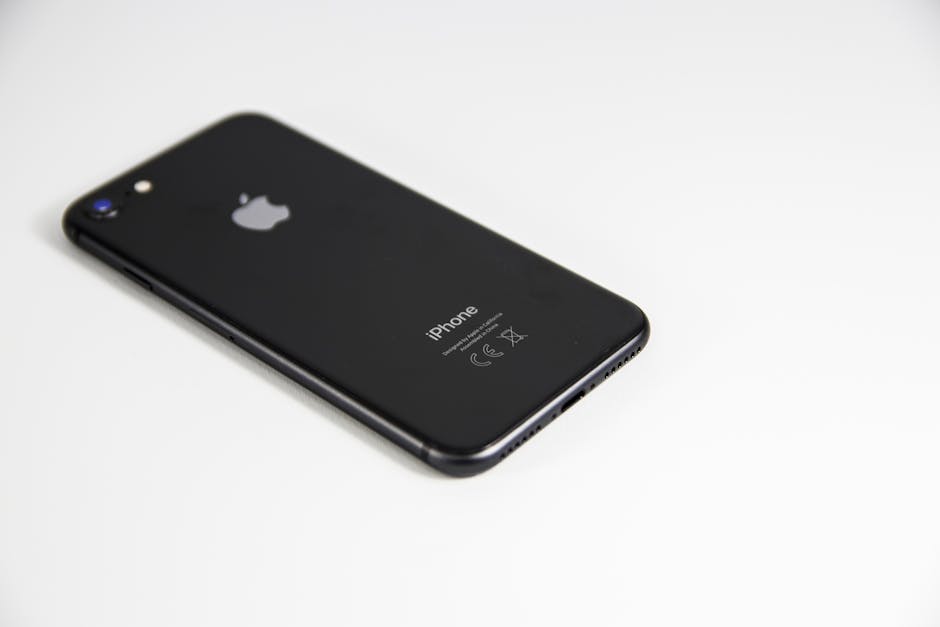If you’re looking to simplify software management on your Linux system, understanding how to install AppImage Linux applications is crucial. AppImages offer a convenient way to run applications without needing to install dependencies or modify your system. This guide will walk you through the process, ensuring you can easily use AppImages on any Linux distribution.
What is an AppImage?
AppImage is a portable software package format for packaging applications in Linux. Unlike traditional package managers like apt or yum, AppImages contain all the dependencies needed to run the application within a single file. This means you can run the AppImage on virtually any Linux distribution without worrying about compatibility issues. Think of it like a self-contained executable.
Why Use AppImages?
Portability: Run on almost any Linux distribution. No Installation Required: Just download and run. Dependency Management: All dependencies are included within the AppImage. No Root Privileges Needed: Run most AppImages as a regular user. Easy Removal: Simply delete the AppImage file.
Steps on How to Install AppImage Linux Applications
Installing an AppImage is straightforward, but requires a few steps to make the application executable. Here’s a detailed breakdown:
- Download the AppImage: Obtain the AppImage file from the application’s official website or a trusted source like [EXTERNAL: AppImageHub]. Make sure you download the correct version for your system architecture (usually x86_64 for 64-bit systems).
- Make the AppImage Executable: By default, downloaded files are not executable. You need to change the file permissions to allow execution. There are two ways to do this:
Using the Terminal: Open a terminal and navigate to the directory where you downloaded the AppImage. Then, use the `chmod` command:
“`bash chmod +x your-appimage.AppImage “`
Replace `your-appimage.AppImage` with the actual name of your AppImage file.
Using the File Manager: Most file managers provide a graphical way to change file permissions. Right-click on the AppImage file, select “Properties” (or a similar option), go to the “Permissions” tab, and check the “Allow executing file as program” (or similar) box.
- Run the AppImage: Once the AppImage is executable, you can run it by double-clicking the file in your file manager. Alternatively, you can run it from the terminal by typing:
“`bash ./your-appimage.AppImage “`
Again, replace `your-appimage.AppImage` with the actual name of your AppImage file.
- Optional: Integrate the AppImage with Your Desktop Environment: While you can run the AppImage directly, you might want to integrate it with your desktop environment for easier access. This usually involves creating a desktop entry and an icon. Several tools can automate this process, such as `appimaged` (AppImage daemon). More details on this are provided in later sections.
Making AppImages Executable: A Deeper Dive
The `chmod +x` command is essential for making AppImages executable. This command modifies the file permissions, adding the execute permission for the owner, group, and others. Understanding file permissions is key to managing your system effectively. For example, to remove execute permissions, you would use `chmod -x your-appimage.AppImage`. [INTERNAL: Linux File Permissions]
Integrating AppImages with Your Desktop Environment
Although simply running the AppImage is sufficient, integrating it into your desktop environment offers a smoother user experience. This involves creating a `.desktop` file, which tells your desktop environment how to launch the application, and placing an icon in your application menu.
#### Using `appimaged`
`appimaged` is a daemon that automatically monitors directories for AppImages and integrates them into your system.
- Installation: Install `appimaged` using your distribution’s package manager. For example, on Debian/Ubuntu:
“`bash sudo apt install appimaged “`
On Fedora:
“`bash sudo dnf install appimaged “`
- Running `appimaged`: After installation, `appimaged` should start automatically. It monitors the `~/Applications` directory (if it exists) and the `~/bin` directory for AppImages. You can also configure it to monitor other directories.
- Placing AppImages: Simply place your AppImage files in one of the monitored directories, and `appimaged` will automatically create desktop entries and icons for them.
#### Manually Creating a `.desktop` File
If you prefer a manual approach, you can create a `.desktop` file yourself.
- Create the `.desktop` File: Create a new file with a `.desktop` extension, for example, `your-app.desktop`, and place it in `~/.local/share/applications/`.
- Edit the `.desktop` File: Open the file in a text editor and add the following content, modifying it to match your AppImage:
“` [Desktop Entry] Name=Your App Name Exec=/path/to/your-appimage.AppImage Icon=/path/to/your-app-icon.png Type=Application Categories=Utility; “`
`Name`: The name of the application that will appear in your application menu. `Exec`: The full path to your AppImage file. `Icon`: The full path to an icon file (optional). You can download or create an icon and save it as a `.png` file. `Type`: Set to `Application` for applications. `Categories`: Specify the categories the application belongs to (e.g., `Utility`, `Graphics`, `Development`).
- Make the `.desktop` File Executable: Ensure the `.desktop` file is executable:
“`bash chmod +x ~/.local/share/applications/your-app.desktop “`
- Update Application Menu: After creating the `.desktop` file, your application menu should update automatically. If not, you may need to log out and log back in.
Updating AppImages
One of the drawbacks of AppImages is the lack of automatic updates. You generally need to download the latest version of the AppImage manually. However, some AppImages offer built-in update mechanisms.
Check for Updates within the Application: Some AppImages include an “Update” option within the application itself. This will usually download the latest version and replace the old AppImage.
Use AppImageUpdate: `AppImageUpdate` is a tool that can update AppImages incrementally, downloading only the changes since the last version. You can download `AppImageUpdate` as an AppImage itself. [EXTERNAL: AppImageUpdate on GitHub]
Managing Multiple AppImages
As you start using more AppImages, you might want to organize them. Consider creating a dedicated directory for your AppImages, such as `~/Applications/AppImages`. You can then add this directory to your system’s PATH environment variable to easily run AppImages from the terminal. [INTERNAL: Linux Environment Variables]
Troubleshooting Common Issues
AppImage Doesn’t Run: Ensure the AppImage is executable (`chmod +x`). Also, check if you have the necessary dependencies. While AppImages are self-contained, some applications might require specific libraries to be installed on your system.
AppImage Shows a Black Window: This can happen if the application requires OpenGL and your graphics drivers are not properly configured. Make sure your graphics drivers are up to date.
- AppImage Doesn’t Integrate with Desktop Environment: Double-check the `.desktop` file for errors. Ensure the paths to the AppImage and icon are correct. Also, verify that the `.desktop` file is executable.
Key Takeaways on AppImage Installation in Linux
Learning how to install AppImage Linux applications provides a user-friendly method for managing software. By understanding the steps involved in making an AppImage executable and integrating it with your desktop environment, you can enjoy the benefits of portable, dependency-free applications. AppImages simplify software installation and management across various Linux distributions.
Conclusion
Knowing how to install AppImage Linux applications empowers you to easily use a wide range of software without the complexities of traditional package management. Whether you’re a beginner or an experienced Linux user, AppImages offer a convenient and efficient way to run applications. Embrace the simplicity of AppImages and explore the vast library of available software. Start exploring AppImages today and streamline your Linux experience. Consider exploring other software management techniques to further enhance your system administration skills.
Related Articles
- How to Reverse a Video on iPhone: A Comprehensive Guide
- The Enduring Appeal of the Snake Game: A Retro Gaming Phenomenon
- How to Speed Up a Video on iPhone: A Comprehensive Guide






